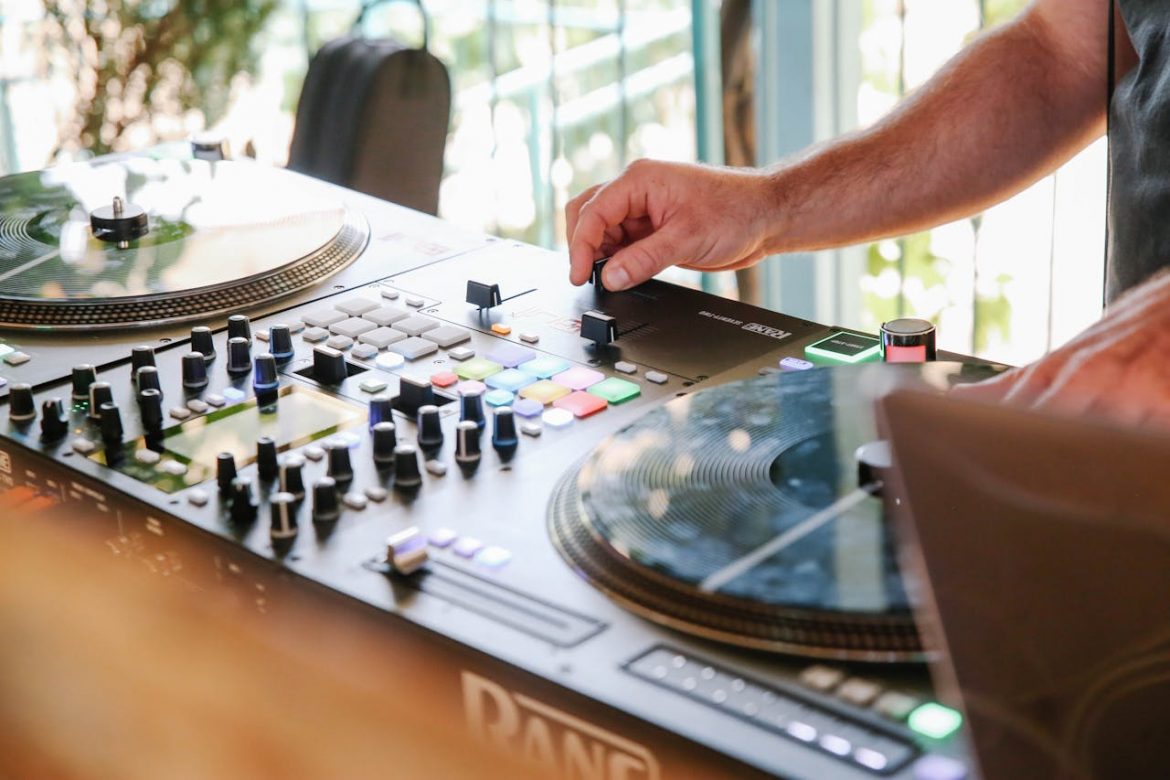Table of Contents
Music has always been a cornerstone of human culture, but the way we create and enjoy it has transformed dramatically over the years. This journey from analog to digital has reshaped the music industry, making it more accessible and diverse.
The Analog Era
In the early days, music production was all about physical equipment and analog technology. Artists recorded their music in studios filled with large, cumbersome machines like tape recorders and mixing consoles. A landmark in this era was the Multitrack Recording method, introduced by Les Paul in the 1950s, which allowed separate recording of different sound sources to create a cohesive piece.
Brands like Fender and Gibson became household names, known for their high-quality musical instruments. Meanwhile, Neumann microphones captured the finest details of sound, contributing to the rich, warm tones characteristic of analog recordings.
The Shift to Digital
The 1980s marked the beginning of the digital revolution in music production. The introduction of digital synthesizers, samplers, and drum machines changed the game. Yamaha released the DX7, one of the first digital synthesizers, bringing new sounds to music creators’ fingertips.
Digital Audio Workstations (DAWs) like Pro Tools and Ableton Live further revolutionized music production. These software programs allowed musicians to record, edit, and mix music on their computers, making the process more flexible and cost-effective.
The Home Studio Era
With advancements in digital technology, the 2000s saw the rise of home studios. High-quality music production was no longer confined to professional studios. Affordable equipment and software enabled budding artists to produce music from the comfort of their homes.
Focusrite audio interfaces and KRK studio monitors became popular among home studio enthusiasts for their quality and affordability. Meanwhile, online platforms like SoundCloud offered a stage for these artists to share their creations with the world.
The Future of Music Production
Today, we’re entering an era where AI and cloud-based collaboration are starting to play significant roles in music production. Tools like Splice allow musicians to collaborate from anywhere in the world, while AI technologies are opening new possibilities for music creation and sound design.
Conclusion
The evolution from analog to digital has democratized music production, enabling more people to create and share their art. As technology continues to advance, we can only imagine what the future holds for music creators. What remains constant, however, is the passion and creativity that drive the world of music forward.


